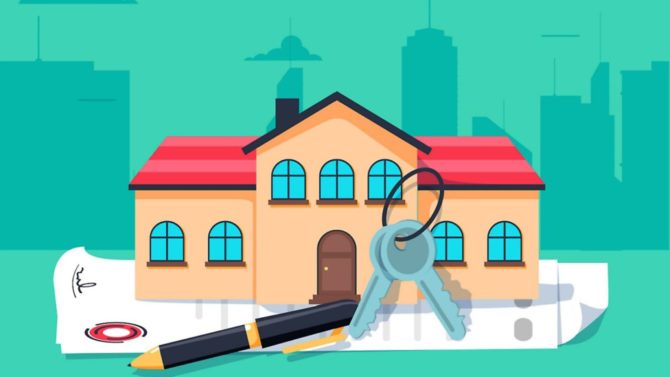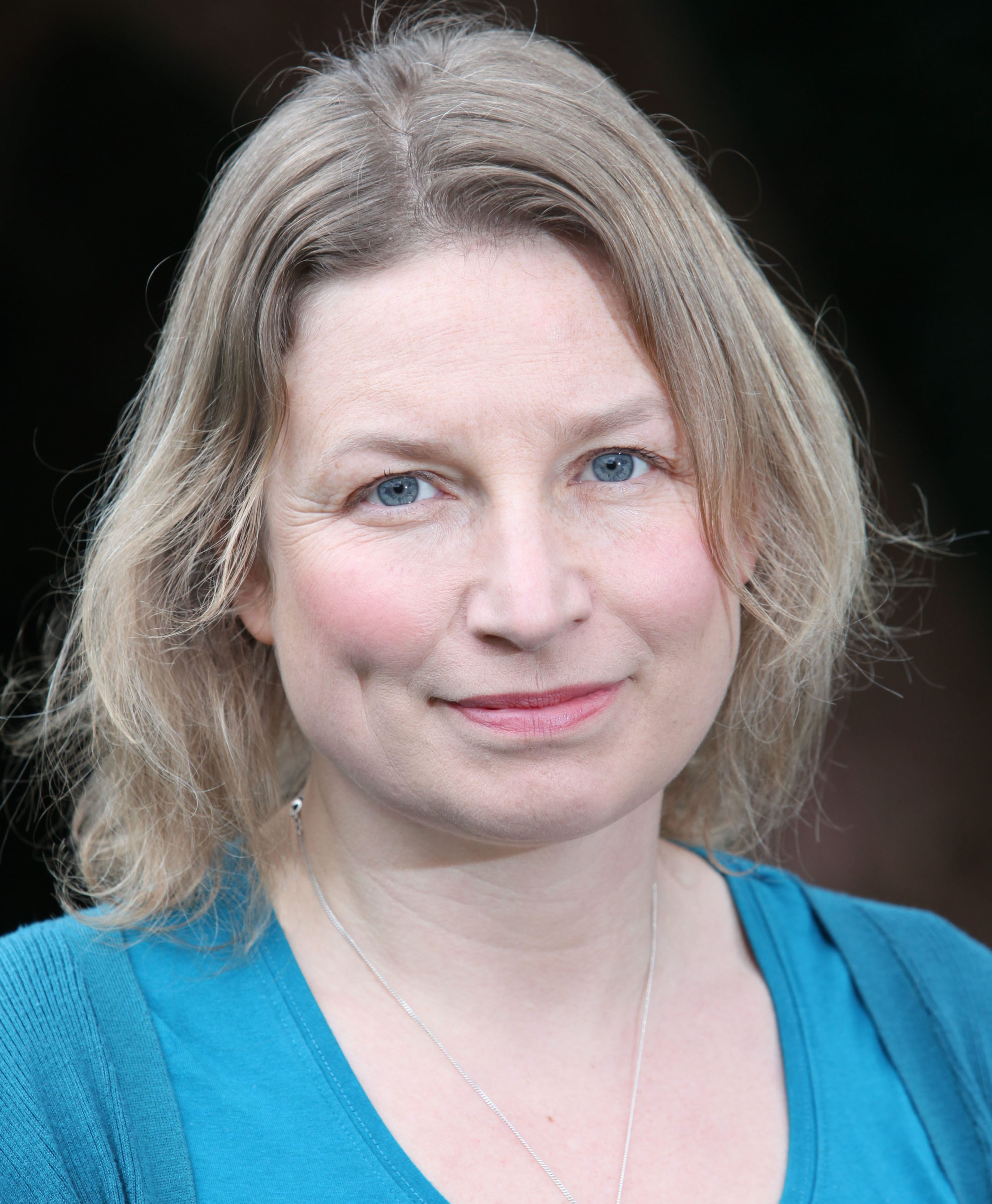Paperwork power: how to set up accounts for your French property


Mary Hall presents a basic guide to setting up house insurance, bank account and electricity, water and mains gas services for your new French property
There’s much to think about when you buy your first home in France, and the ins and outs can be very confusing, especially if you’re not fluent in French. In this article, we’ll go through the first things you need to sort out, starting from when you sign the acte de vente at the notaire’s office and pick up your keys!
House insurance
The notaire will ask for proof that the property is insured when you acquire it. He or she won’t mind which company you use but is after any standard French house insurance policy as they all include cover in respect of third-party liability (responsabilité civile propriétaire).
You can go into any insurance agent you see in the street, such as AXA, Allianz or your French bank, or do it online, either by selecting an insurer or by going via a comparison website such as lelynx.fr.
French house insurance works on a ‘number of rooms’ basis, excluding kitchens (unless they are combined kitchen-diner or kitchen-living rooms), bathrooms, hallways and odd spaces. A huge room will count as two. Information on garages, sheds and swimming pools will also be required, plus basic information on the type of property. You can specify how much contents insurance (mobilier) and cover for valuables (objets de valeur) you want.
Insurance for second homes will cost more than for a principal private residence. You’ll also be asked questions such as your age, occupation and any home insurance claims you have made in recent years. The insurer will provide you with a quote (devis) and full details of the contract. Tell them if you spot an error, such as the wrong address or too many rooms. Once you are happy with it and they have all your information, you’ll need to pay by bank transfer, cheque or credit card to ensure cover starts on the day you buy the house. You can later adjust your cover at any time simply by contacting your insurer, if, for example, you convert attic space, add a swimming pool or buy more furniture.
French bank accounts
You’ll find life difficult (if not impossible) if you don’t open a personal current account with a bank in France, variously called a compte chèque, compte courant or compte de dépôt. Utility and phone companies will all want French bank account details from you in the form of a RIB – un reléve d’identité bancaire.
You can open an account in any high street bank, such as Banque Populaire or BNP Paribas, or at La Banque Postale at post offices. Alternatively, you can bank online with any number of banks, including HSBC, as well as English-speaking banks like Britline. These days proximity to your local branch is probably less important than in past decades, so you have plenty of choice.
Typically, you’ll need to make an initial deposit of €200-500 in cash or by bank transfer. Be aware that a joint account in the names of ‘John Smith ou Joan Bloggs’ means either of you can independently sign cheques and authorisations, and in the sad event of the untimely death of one of you, the account will keep going without hassle. However, with an account in the name of ‘John Smith et Joan Bloggs’, both of you have to sign everything and neither partner can do anything without the other’s permission.
French banks charge for their services, even basic ones such as debit cards which are usually free in the UK. Banks must show you their tariffs before signing you up. If you don’t need a card, don’t have one; you can always apply for one later on. Check the bank offers online banking too.
____________________________________________________________
Don’t miss
How to avoid French property pitfalls
Is it easy to get a French mortgage?
Pension options for expats in France
____________________________________________________________
Principal utilities
The notaire will check that the meters have been read and the figures agreed between vendor and purchaser. Make sure that you also know where the meters are located, the name of the water supply company and, for electricity, the PDL number (found on electricity bills), a 14-digit number assigned to each property. If your property has a mains gas supply (usually only in towns), you’ll need those details too.
Water
If the vendor hasn’t given the name of the water supply company, ask the local mairie (town hall). You can then either phone the water company, call into the local office (if there is one) or sign up online. You’ll need the meter reading, the number of the water meter and/or the name of the previous subscriber, your bank and personal details, and the address you want the bills sent to.
Most companies offer online billing once your account is set up.
Electricity
EDF owns and runs the national electricity infrastructure in France, but the supply market is open to competition, with various other companies operating within it. Choosing EDF as your supplier is the easiest thing to do to start with. Later on when you have an idea of your average use, you might want to look at changing. The website energie-info.fr is a useful source of information (in French).
Electricity bills are divided into two parts: the standing charge (abonnement) and the rate per kWh. You can choose the power rating (puissance de compteur) you require depending on how many appliances you want to use and whether you have a pool, electric heating and hot water heating. It can be confusing as there are various off-peak rates such as tempo and heures creuses too! You can always change your options later, so what many people do is simply subscribe to the same plan as the previous owners.
Luckily, EDF has some English langage website pages to help you, particulier.edf.fr/en/home.html, and an English-speaking phone line – 0033 (0)9 69 36 63 83 – although it can take a while to get through to someone.
Mains gas
Mains gas (gaz de ville) comes through the GRDF network. GRDF is also the main supplier, but the market is open to other sellers. Some offer a package for gas and electricity together. As with electricity, gas bills come in two parts: the standing charge and your consumption. There are different categories of supply, from the basic for cooking only to heating a large house. You choose the one which suits you best.
To start with, it’s easiest to use the same supplier as the property vendor. The GRDF website doesn’t have a good English section so you may need help to work your way through it.
Property manager Mary Hall lives in the Lot Valley
Share to: Facebook Twitter LinkedIn Email


